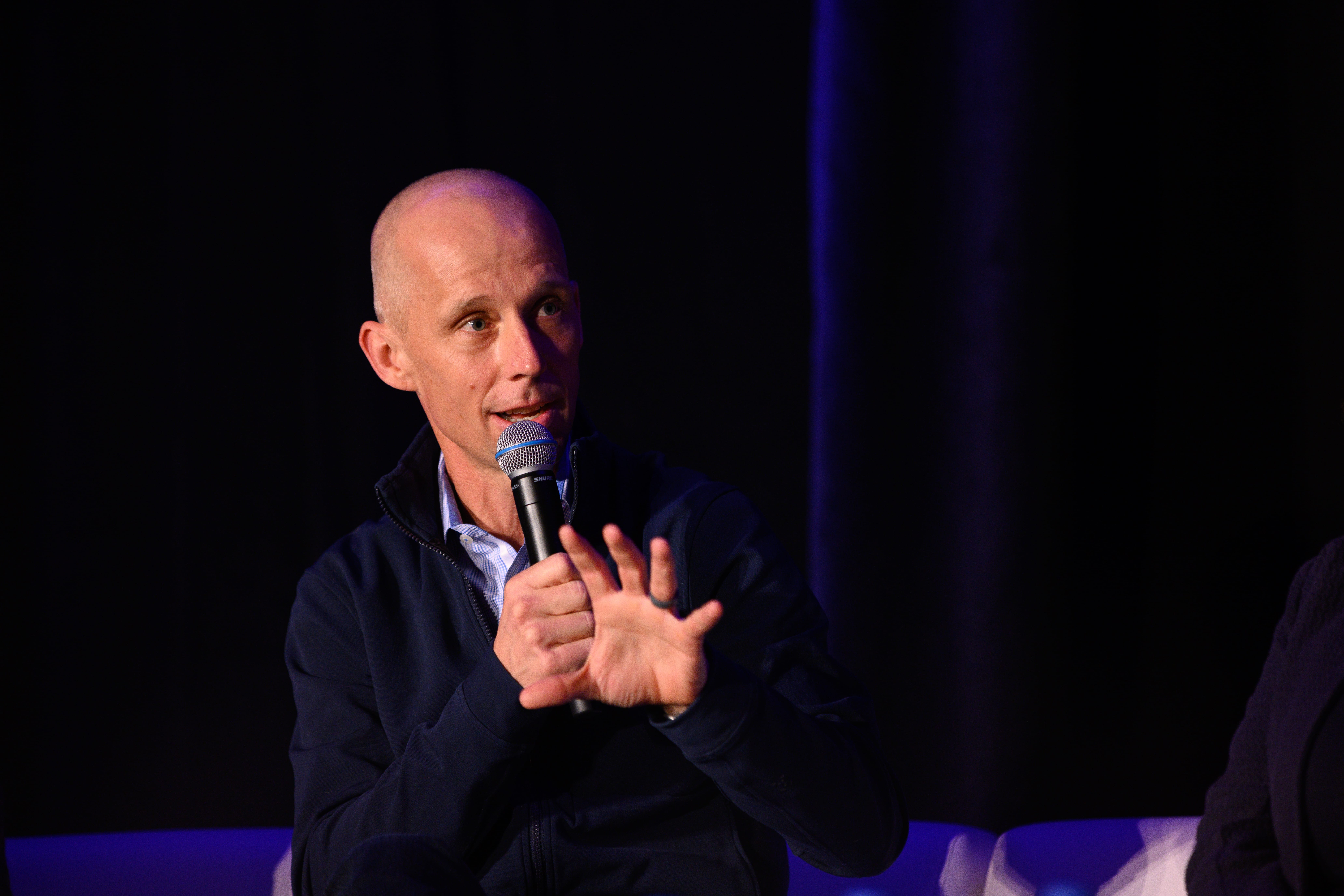
At #JPM20, two CEOs, two radically different therapies, and a fight to chase down sickle cell
SAN FRANCISCO – Few CEOs tell a story better than bluebird’s Nick Leschly.
He cuts a Jeff Bezos figure on stage at the Colonial Room, the JP Morgan presentation hall for A-list biotechs: lean and bald, fast-talking and vest-wearing. He explains in simple language, apologizing when he has to brush on the data. It helps that he has a good story to tell.
“We treated them one time,” Leschly tells a packed crowd, gesturing to the slide behind him. “Look what happened.”
The slide shows 9 horizontal bars studded with diamonds. Each bar, he explained, represented a sickle cell patient, and each diamond represented a severe medical event, such as a pain crisis. The diamonds stud one side – before the therapy – and vanish on the other, afterward.
“A 99% reduction in these events — this is a functional cure for sickle cell disease,” Leschly says. “This is unprecedented data.”
Upstairs and an hour later, Ted Love stands before a narrow conference room in his suit and polka-dot tie. Love, the CEO of Global Blood Therapeutics, is a 60-year-old physician. His voice trails off at the end of sentences, and the story he tells is less compelling. There are no cured patients.
“This is the first drug that addresses the root cause of sickle cell disease,” Love says, speaking in front of a slide showing a white pill bottle for GBT’s new drug Oxbryta. “Right in the label, it says that this drug inhibits polymerization.”
In the 60 years after scientists discovered the cause of sickle cell, almost no treatments emerged, even as the condition debilitated hundreds of thousands of Americans, most of them black or Hispanic. But the last few years have seen a resurgence of interest as new technologies have made the disease seem newly beatable.
Sign up to read this article for free.
Get free access to a limited number of articles, plus choose newsletters to get straight to your inbox.